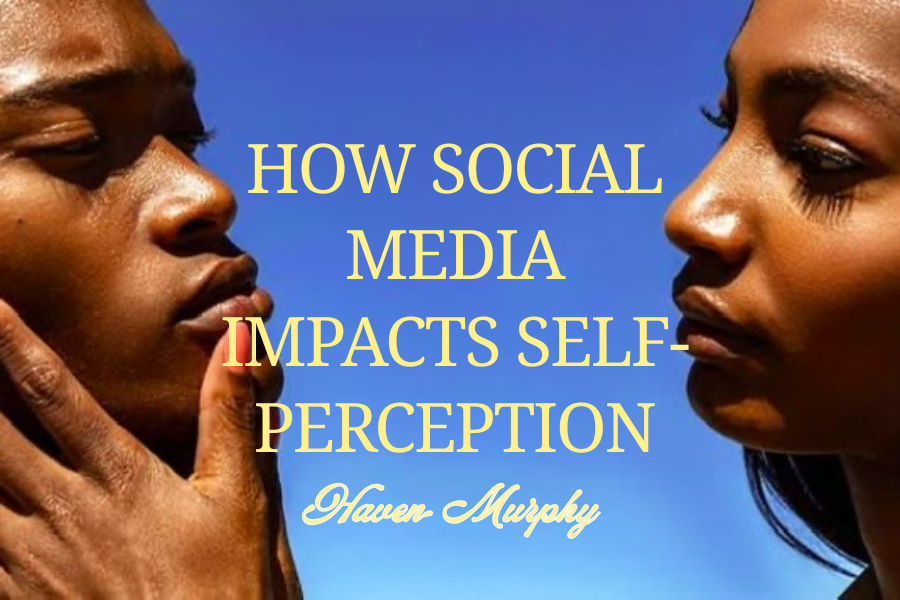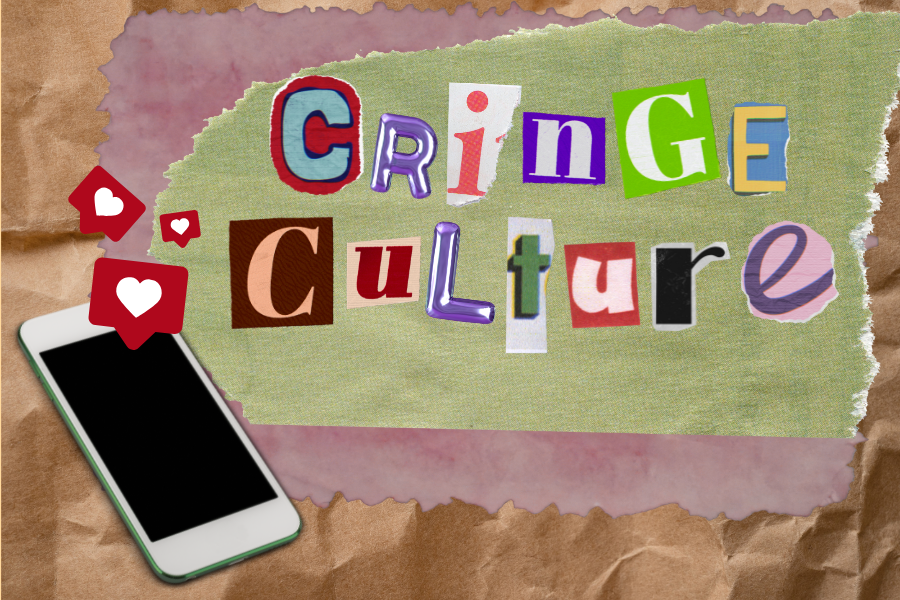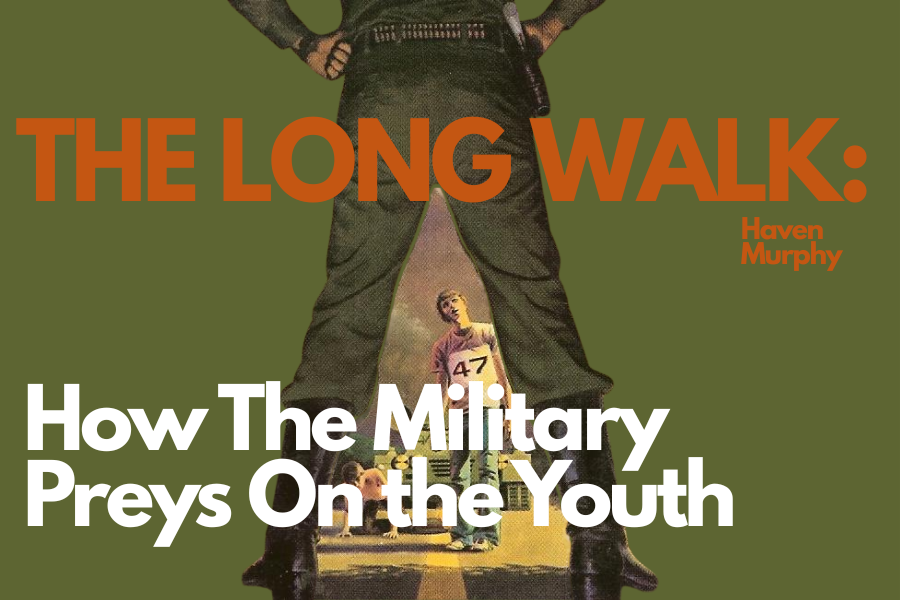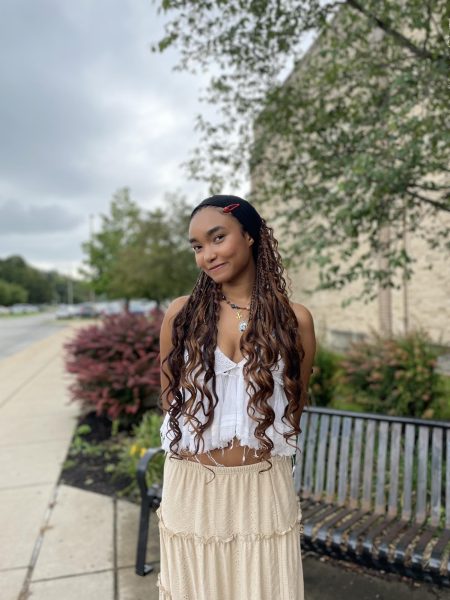Since the dawn of accessible entertainment, people–especially the young and impressionable–have been subjected to numerous harsh and unattainable standards. These standards are often rooted in discrimination and hatred–commonly based in racism and cultural discrimination, contributing to insecurity, low self esteem, decline in mental health and even poses risks to physical health. With the constant development and accessibility of social media, beauty standards are pushed now more than ever. The intense stream of videos constantly involving some aspect of physical appearance, alteration and portraying an overall uncommon, unrealistic and perfectly-tailored-for-online-consumption-lifestyle are being directed toward the most active age demographic on the internet: young adults, teenagers and even younger.
When adolescents spend time online, they unconsciously curate an algorithm. Algorithms can develop from small things like liking a certain post that has a certain demographic to viewing a few videos that recite a specific rhetoric. However, algorithms will most likely push what’s popular and highly viewed amongst similar age demographics. Maybe 13-year-old girls will be advertised 10-step skin care routines and weight-loss diets or 13-year-old boys will get streams of “looksmaxxing” content and aggressive tips on rejecting any kind of “femininity” in society. While it may seem insignificant, what young people consume online can affect their thought processes and abilities, how they view other people and most importantly how they view, think of and treat themselves.
While videos and entertainment pieces that cater to “bettering” one’s self have always existed, previously in the forms of magazines, daytime television or minor internet forums, modern social media inflates it. Self-help and improvement is marketed alongside 50 new things to change about yourself, and even 50 more things you didn’t know were “wrong” with you–that you should also change about yourself! Glow-up culture being consumed by kids younger and younger erases necessary phases in adolescence. The weird but crucial awkward phases that make room for self discovery and expression are made out to be easily avoidable and embarrassing. Instead, following what another person is doing online becomes a popular alternative.
Constantly looking for another aspect about one’s self to change to improve is also incredibly harmful, both mentally and physically. When online and often seeing people change their unique features or receive immense attention and praise for a feature that would be considered exactly opposite from your own, insecurity develops around your own uniqueness. A common example of this is body image. Maybe you have a nose that is different from what’s well regarded within today’s beauty standards, so you consider surgery to feel attractive. Or you’re not as muscular or thin as a stranger you can only perceive through the media, so you change your body through vicious measures to feel accepted. Oftentimes, instead of satisfaction, serious problems like body dysmorphia and unhealthy relationships with food occur. When these insecurities only call for physical change, development with mental health will not follow alongside it.
Certain popular platforms, like Tumblr, are well known for hosting communities often promoting insecurity and dangerous solutions to combat them. These toxic communities—commonly known as “pro-ana,” which stands for pro-anorexia, encourage eating disorders amongst young people, especially young girls. An anonymous comment from 2015 on a post about eating disorders says, “I think the anti-ana (anti-anorexia) blogs are just people with eating disorders who bully others away from starving because they don’t want anyone else to be as skinny as them.” This thought process is extremely harmful for young and vulnerable women and girls. Social media intake has been related to increased risk of unhealthy relationships with food and eating disorders in adolescents. A medical article published by Dr. Sanchari Sinha Dutta states that there is a significantly higher risk of eating disorders in boys and girls with certain kinds of social media accounts, like Snapchat, Instagram and Tumblr. For girls specifically, a significantly higher susceptibility to developing eating disorder related behaviors and overthinking of body weight and shape has been specifically observed for girls with Tumblr.
Growth out of self-hate is ineffective and will never be as beneficial as someone describes it. While social media is also a place where people can offer young people advice and guidance on how to navigate the struggles of self-perception and insecurities, it is also a place where people dealing with the same issues will form communities bonding over shared experiences and struggles and in turn offer unhealthy solutions.
Vulnerable young people’s exposure to social media opens a gateway to perception-altering insecurities that can often carry into adulthood and affect how people treat themselves and others. What is often left out on social media is that genuine, healthy growth takes time, trial and error–unlike “overnight” glow-up routines. Finding healthy communities and outlets to discuss how you feel and actively work to change inner feelings before anything else helps to healthily grow overall and develop a perception of yourself not formed out of self-hate, and to grow out of the desire to conform to unhealthy and unattainable standards.









